


Reflection
Was the result relatively accurate in your estimation?
Arriving at this task, I have never used Craiyon before. I found the site easy to use but very slow on my computer which rarely ever happens. The generated images, although original. Seemed to lack a lot of detail and the prompting never really seemed to help the quality improve. The AI struggled with the details of the image and wasn’t able to match my instruction, such as accurately creating a dog wearing a red cape or creating a realistic human face. This does seem to be a common limitation of AI image generators that I have used. The AI always seems to produce variations that are close but not exactly what I envisioned.
Were those images what you had in mind when you gave the AI the prompts?
The images definitely did not meet my expectations. The AI’s interpretation of “a dog wearing a red cape” resulted in various red clothing items instead of a consistent cape. Similarly, the human face distortion indicates that the AI might not be adept at generating realistic human features, especially in dynamic poses like jumping when I entered the prompt to “create a man who has just graduated from his masters program at the university of british columbia jumping up in the air on campus, excited to be all done.”
What differed?
The main differences were:
- Inconsistent Details: The AI generated different red clothing items instead of a specific red cape. I assumed that a cape would be a specific enough type of garment that the AI would be able to produce.
- Distorted Human Features: The AI struggled with creating a realistic human face, particularly in an action pose. The images were mostly headshots of men smiling or graduation related images that didn’t fit my request.
What can you infer about the model or the training data based on the results?
These inconsistencies may suggest that the AI model might not have been trained on enough diverse and high-quality images of the specific scenarios that I requested. Perhaps this AI tool, Craiyon, relies on patterns and previously requested images to learn and improve. If Craiyon hasn’t seen requests like mine such as dogs in capes or people jumping in specific contexts, perhaps Craiyon struggled to produce original accurate pictures. The article from Vox highlights similar limitations of AI-generated images. It mentions that while AI models like DALL-E can create impressive visuals, they often fall short in generating detailed and accurate representations, especially for complex or specific prompts (Heilweil, 2022). This aligns with my experience, where the AI’s output did not fully match my expectations. While I would conclude that AI image generators have made positive strides, they definitely still have limitations, especially with detailed and specific prompts. While the technology continually improves, it may require multiple banks of information and refinements to get closer to a desired outcome.
References
Heilweil, R. (2022, December 7). AI is finally good at stuff. Now
what? Vox. https://www.vox.com/recode/2022/12/7/23498694/ai
artificial intelligence-chat-gpt-openaiLinks to an external site.
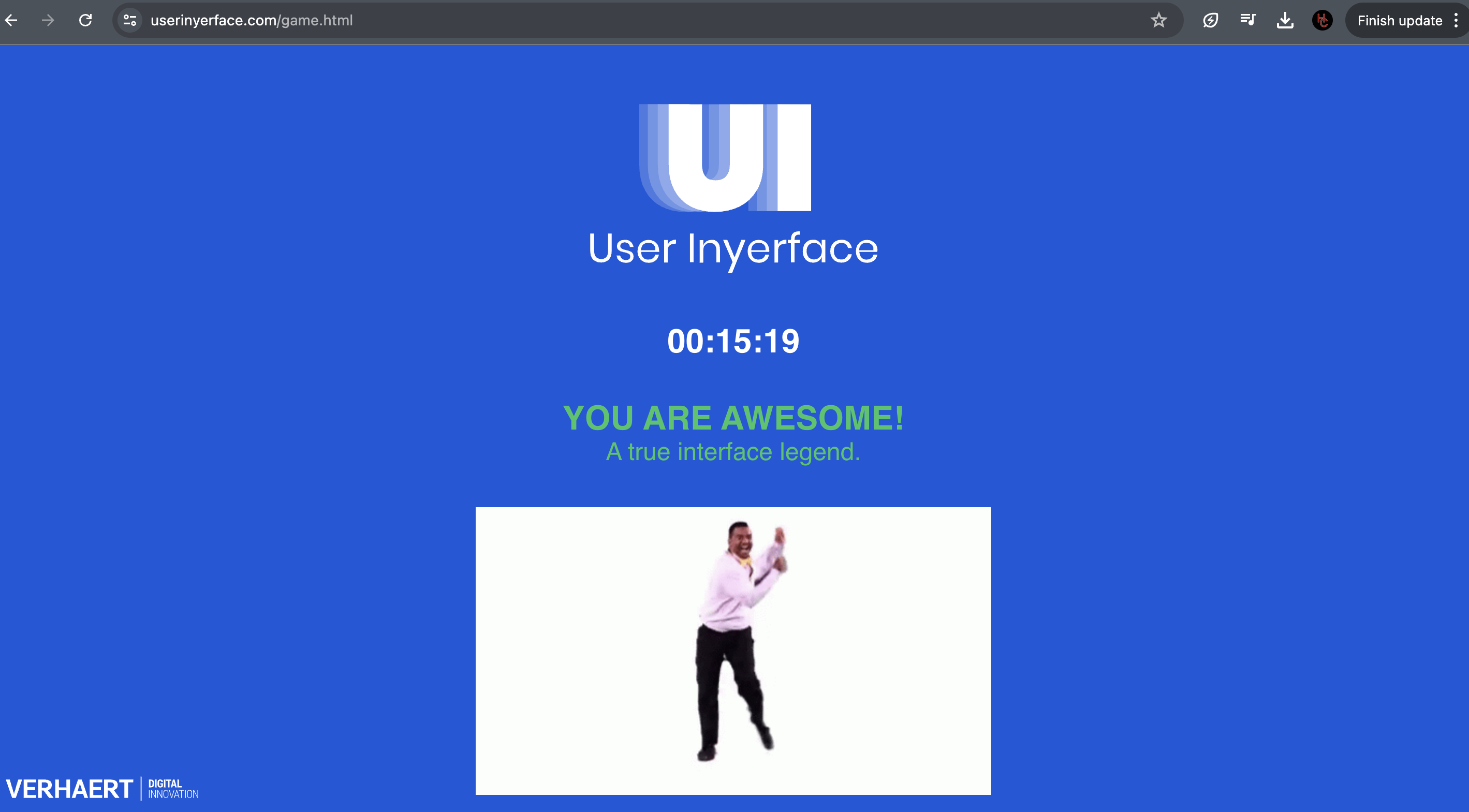
 I am not going to lie; the program was instantly intimidating. Loading the file by following the instructions was manageable but the data was immense, just take a look at the above image. However, after discovering more about the program, using Palladio turned out to be very interesting and well worth the learning curve. The app made it fairly easy to somewhat interpret the data and see different connections amongst our group. It really was like reading a new language at times because of the complexity that it came with. I found it a lot easier when clicking the different facet options based on how the program divided the students of the course. Working with the smaller groups, I tried to spread out the MET students on the perimeter of the workplace and then see how the connections happened. Spreading out the lines as much as possible made it easier for me to understand and interpret the data. I untangled every group this way and also if any student was the only person to choose a song that song would be distanced away from the rest of the data.
I am not going to lie; the program was instantly intimidating. Loading the file by following the instructions was manageable but the data was immense, just take a look at the above image. However, after discovering more about the program, using Palladio turned out to be very interesting and well worth the learning curve. The app made it fairly easy to somewhat interpret the data and see different connections amongst our group. It really was like reading a new language at times because of the complexity that it came with. I found it a lot easier when clicking the different facet options based on how the program divided the students of the course. Working with the smaller groups, I tried to spread out the MET students on the perimeter of the workplace and then see how the connections happened. Spreading out the lines as much as possible made it easier for me to understand and interpret the data. I untangled every group this way and also if any student was the only person to choose a song that song would be distanced away from the rest of the data.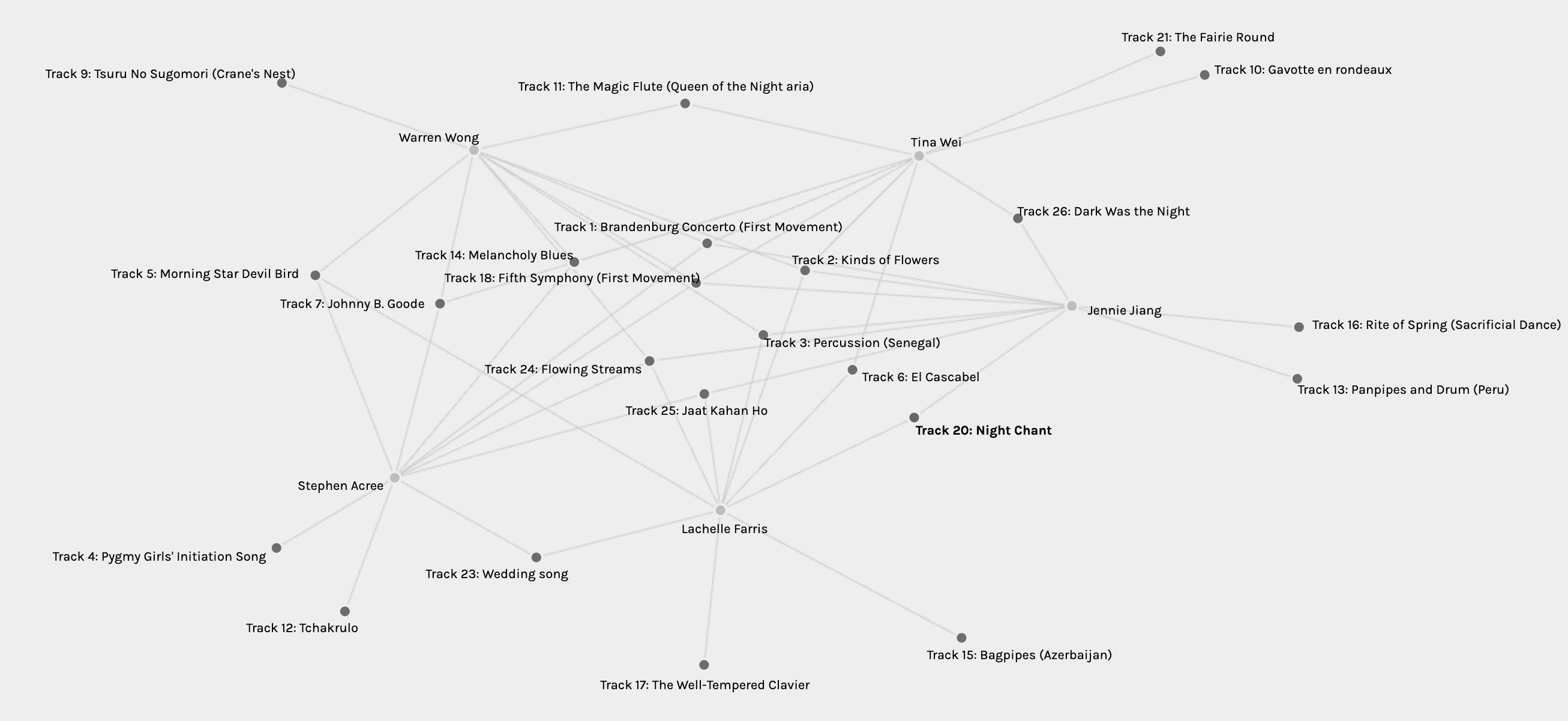
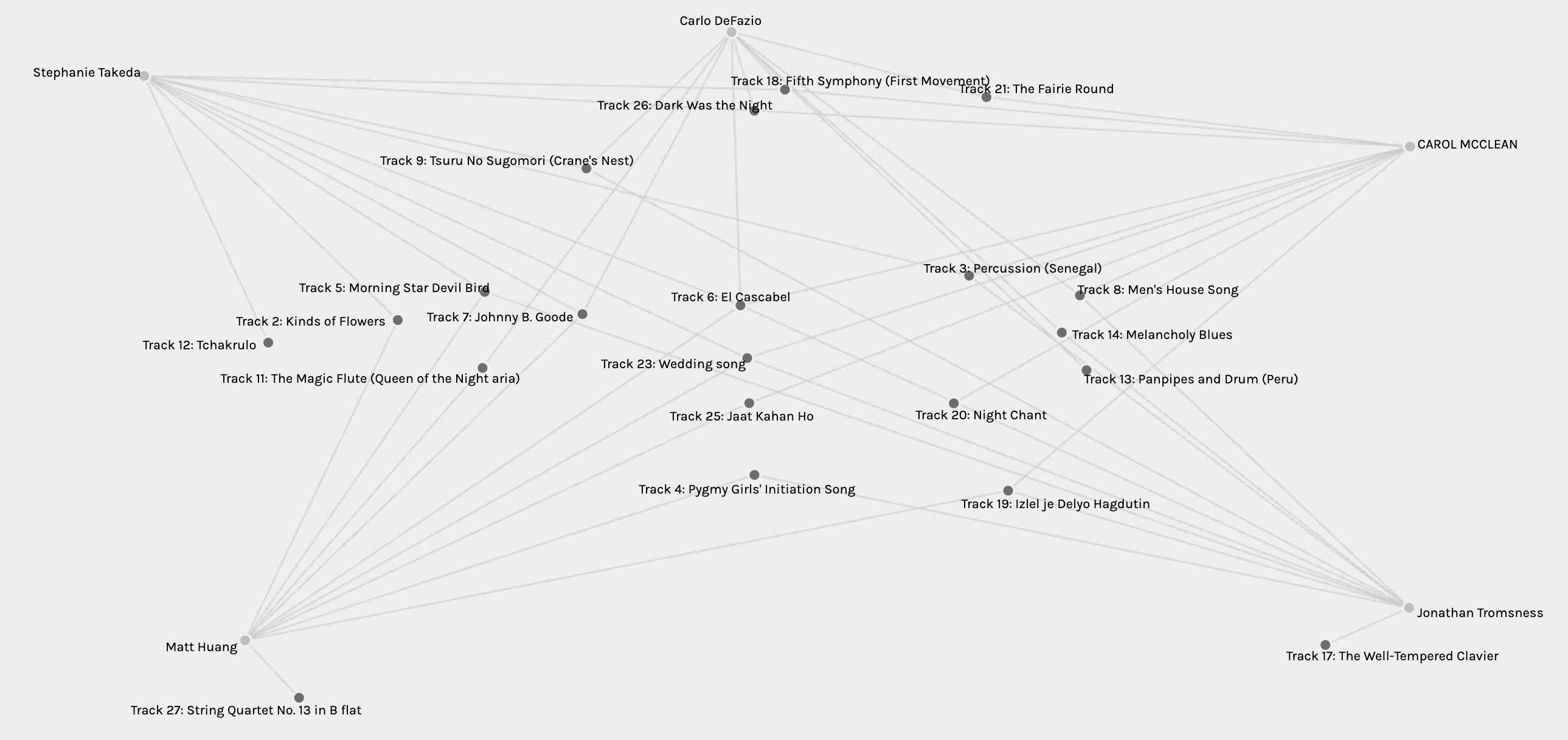 The group that I was part of was Group two, which I was typically most interested in when comparing as making assumptions related to myself is always more intriguing. Group two had one song in common which was Track 6: El Cascabel. It is such a vibrant, Mexican, feel good song that I believe definitely belonged in our playlists based on the way it makes you feel when listening to it. While three students had unique songs chosen only by themselves, I did not have a song that I only chose. Does this make me more predictable and less original? Maybe so, because when I noticed that some students did not select Johnny B Goode to be part of their selection, I was shocked (in a humourous way of course) that they would leave off such a classic. Based on how some of their songs were selected, I would infer that their choices were perhaps influenced by the cultural significance of the tracks, while my predictability perhaps landed more songs such as Johnny B Goode.
The group that I was part of was Group two, which I was typically most interested in when comparing as making assumptions related to myself is always more intriguing. Group two had one song in common which was Track 6: El Cascabel. It is such a vibrant, Mexican, feel good song that I believe definitely belonged in our playlists based on the way it makes you feel when listening to it. While three students had unique songs chosen only by themselves, I did not have a song that I only chose. Does this make me more predictable and less original? Maybe so, because when I noticed that some students did not select Johnny B Goode to be part of their selection, I was shocked (in a humourous way of course) that they would leave off such a classic. Based on how some of their songs were selected, I would infer that their choices were perhaps influenced by the cultural significance of the tracks, while my predictability perhaps landed more songs such as Johnny B Goode.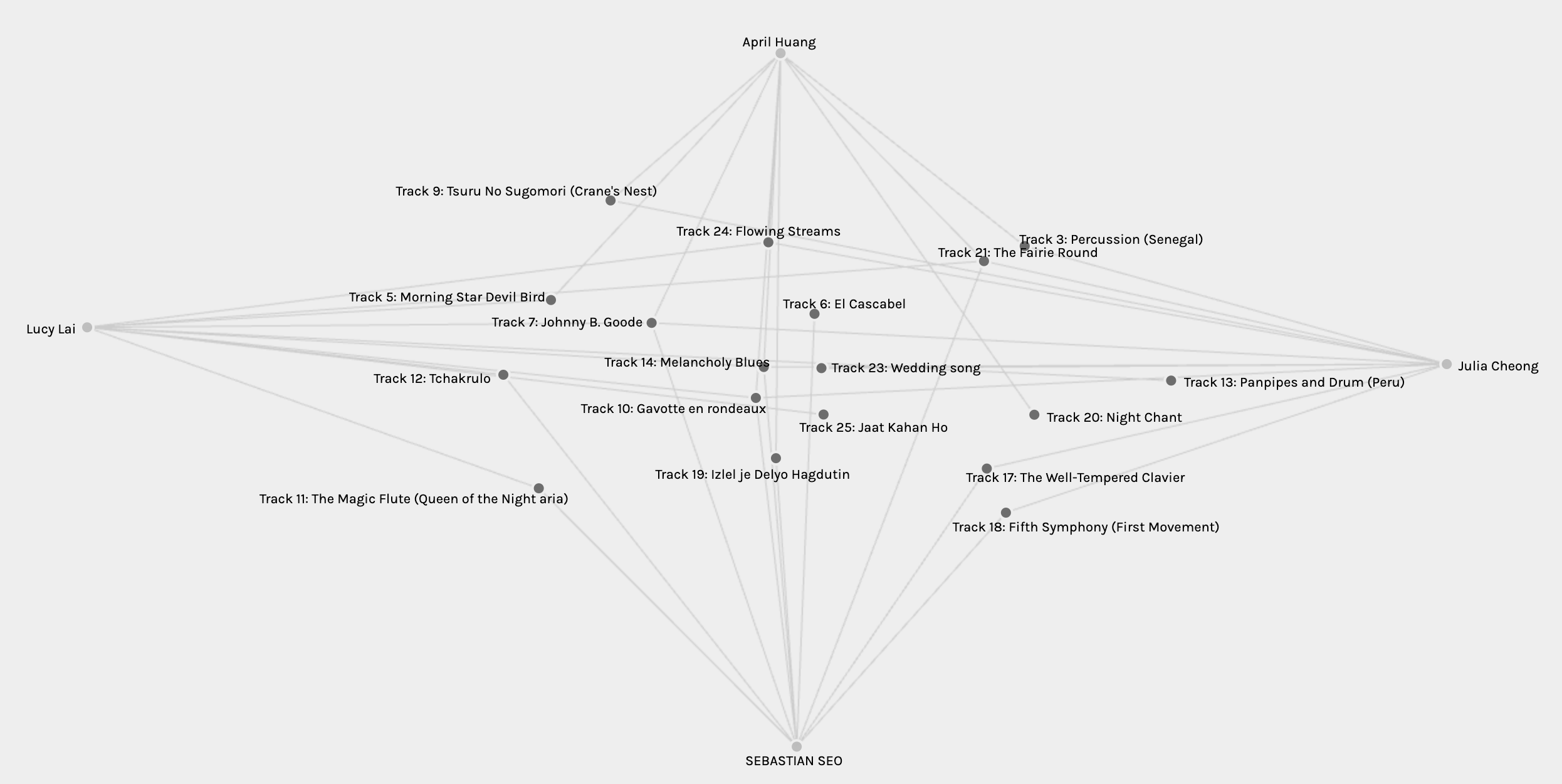
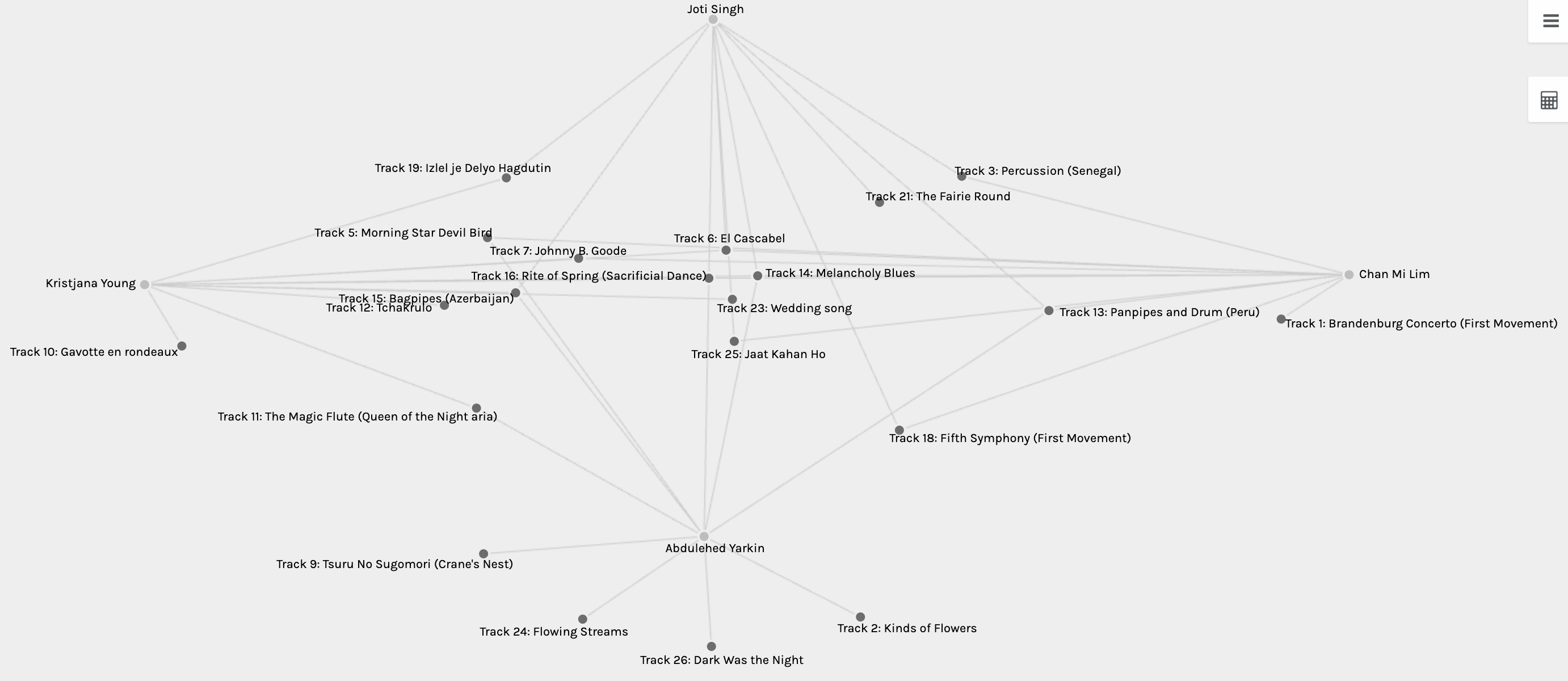
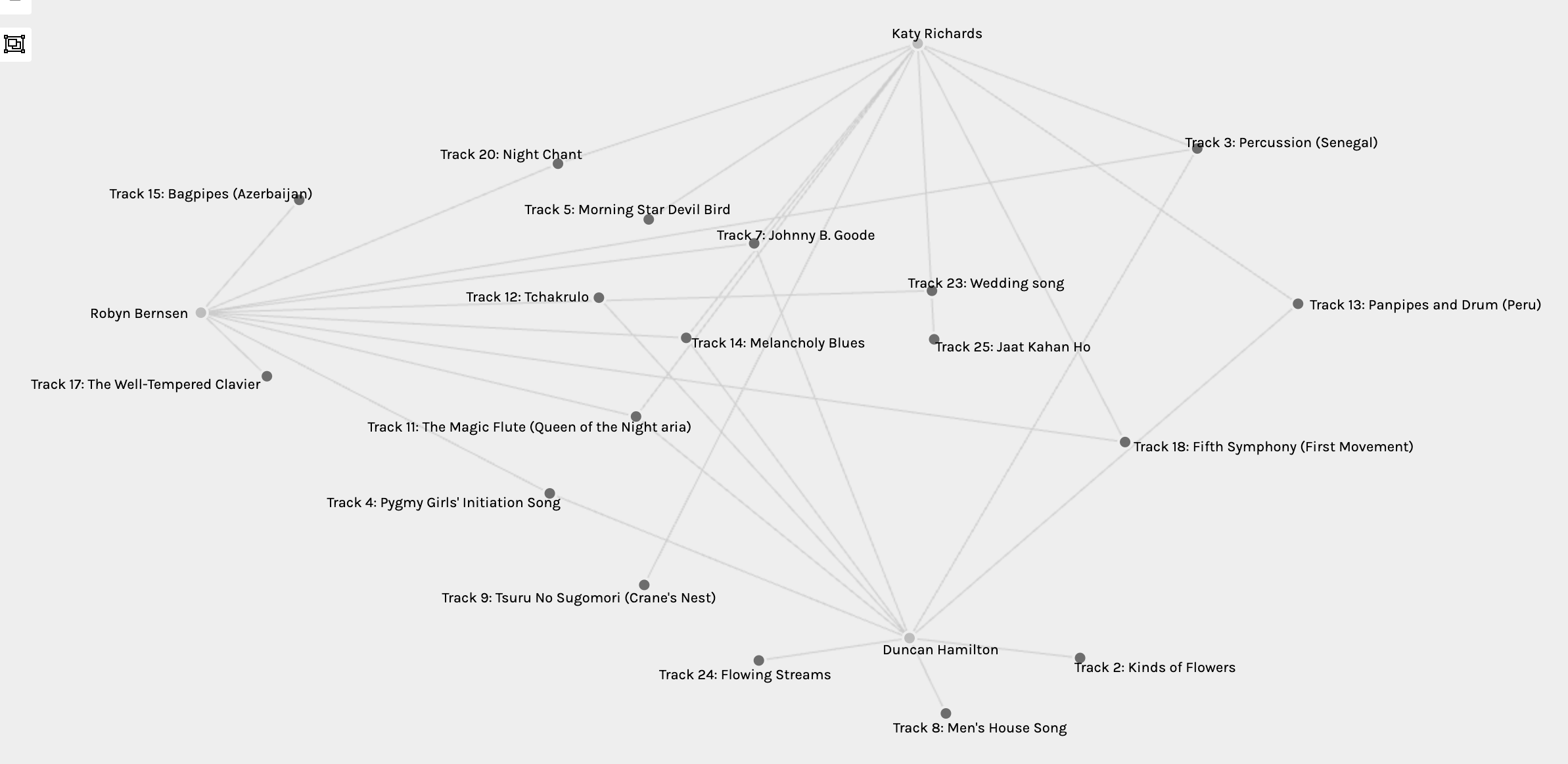
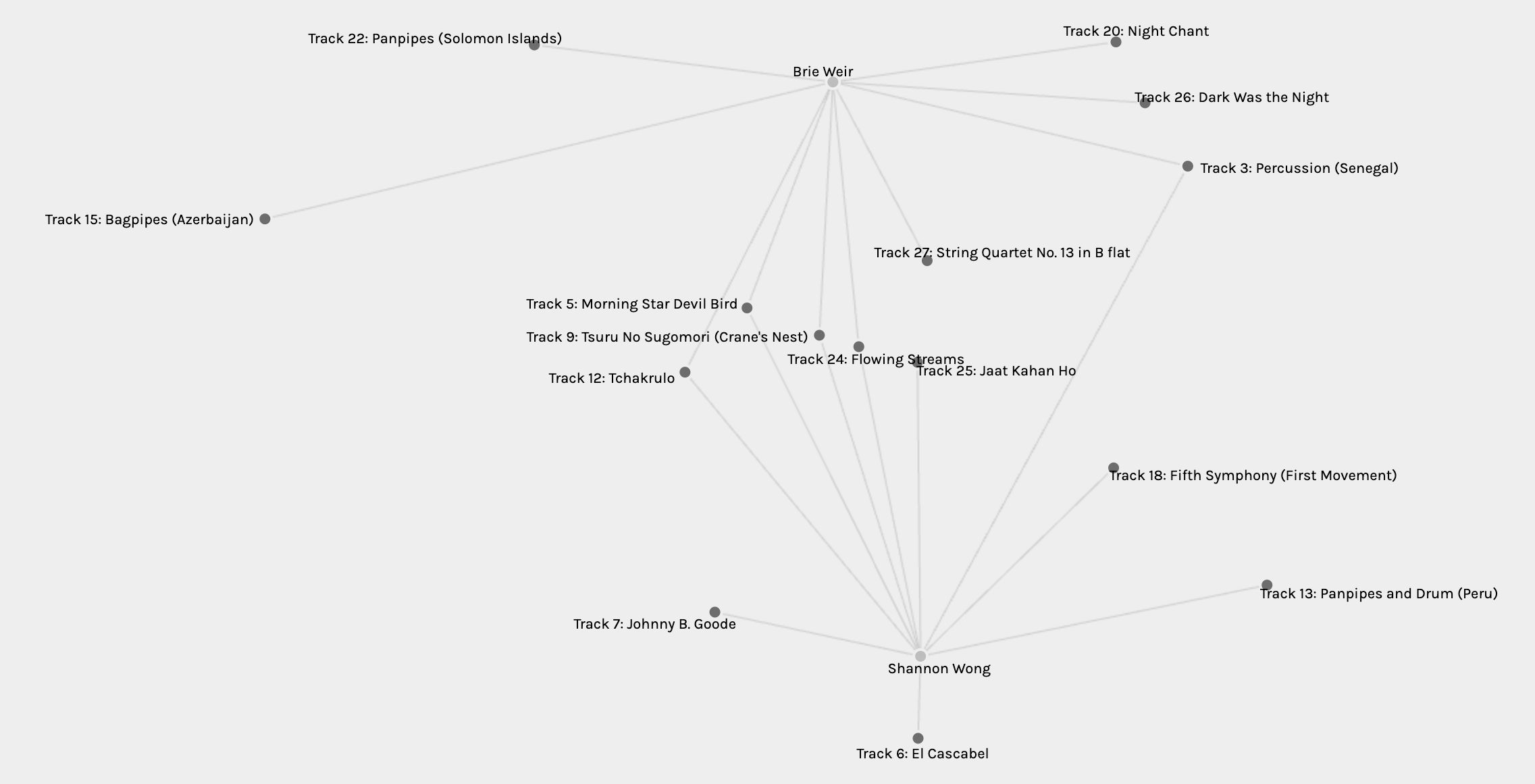
 This assignment was incredibly interesting. Discovering the existence of the Voyager Golden Records for me personally, was fascinating. The idea of sending a message from Earth out into the cosmos, intended for any potential extraterrestrial life, is both amazing and inspiring. It must have been a monumental task for Carl Sagan and the team to curate the content, meticulously selecting sounds and images that represent the diversity and essence of our planet. Reflecting on their effort, I can’t help but think about the choices they made and how I might have selected differently. If I were to choose only ten songs for the final draft, I would prioritize a broad spectrum of compositions, ensuring a wide range of representation from various cultures and musicians. This would highlight the rich artistry of human creativity and our peaceful intentions for whoever discovers the capsule. While I wouldn’t want to intimidate any extraterrestrial being, I would also love to demonstrate some of our powerful pieces in which shows our strength and the passion of a human being. The Voyager Golden Records stand as a testament to our desire to connect and share our story with the universe, symbolizing hope and curiosity. Definitely one of the assignments that I won’t forget.
This assignment was incredibly interesting. Discovering the existence of the Voyager Golden Records for me personally, was fascinating. The idea of sending a message from Earth out into the cosmos, intended for any potential extraterrestrial life, is both amazing and inspiring. It must have been a monumental task for Carl Sagan and the team to curate the content, meticulously selecting sounds and images that represent the diversity and essence of our planet. Reflecting on their effort, I can’t help but think about the choices they made and how I might have selected differently. If I were to choose only ten songs for the final draft, I would prioritize a broad spectrum of compositions, ensuring a wide range of representation from various cultures and musicians. This would highlight the rich artistry of human creativity and our peaceful intentions for whoever discovers the capsule. While I wouldn’t want to intimidate any extraterrestrial being, I would also love to demonstrate some of our powerful pieces in which shows our strength and the passion of a human being. The Voyager Golden Records stand as a testament to our desire to connect and share our story with the universe, symbolizing hope and curiosity. Definitely one of the assignments that I won’t forget.